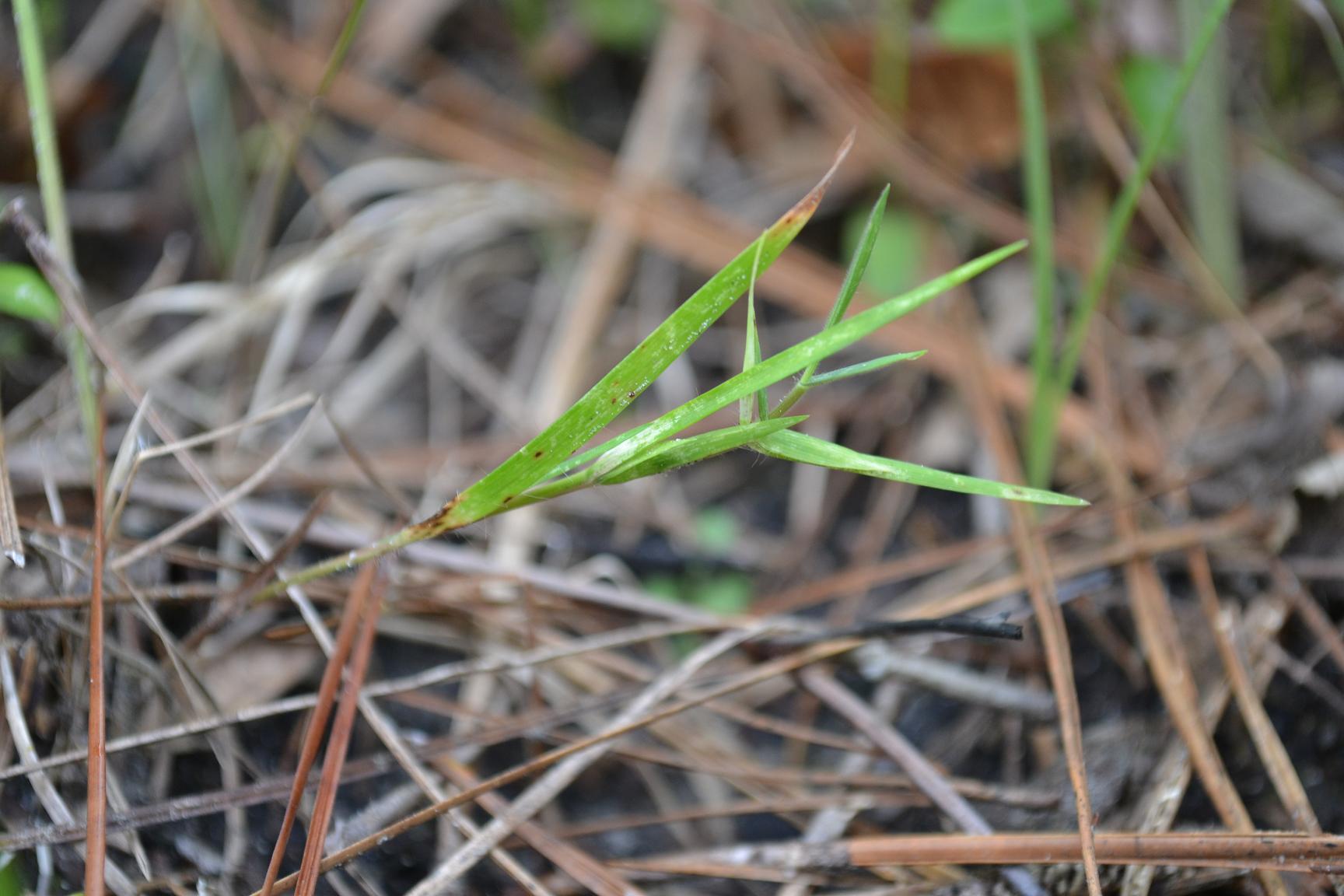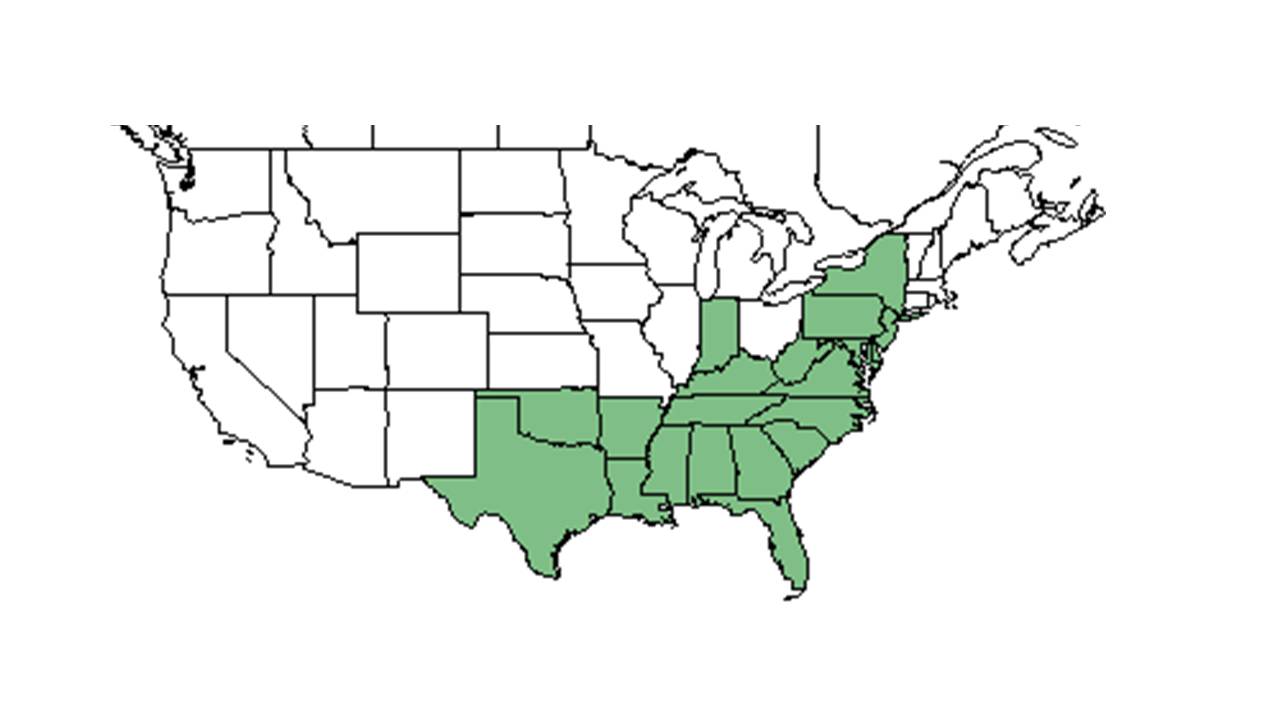Difference between revisions of "Dichanthelium aciculare"
KatieMccoy (talk | contribs) |
KatieMccoy (talk | contribs) (→References and notes) |
||
| Line 43: | Line 43: | ||
==Photo Gallery== | ==Photo Gallery== | ||
==References and notes== | ==References and notes== | ||
| + | Florida State University Robert K. Godfrey Herbarium database. URL: [http://herbarium.bio.fsu.edu http://herbarium.bio.fsu.edu]. Last accessed: Collectors: States and Counties: Compiled by Tall Timbers Research Station and Land Conservancy. | ||
Revision as of 17:58, 12 November 2015
| Dichanthelium aciculare | |
|---|---|

| |
| Photo taken by Kevin Robertson | |
| Scientific classification | |
| Kingdom: | Plantae |
| Division: | Magnoliophyta - Flowering plants |
| Class: | Liliopsida – Monocotyledons |
| Order: | Cyperales |
| Family: | Poaceae ⁄ Gramineae |
| Genus: | Dichanthelium |
| Species: | D. aciculare |
| Binomial name | |
| Dichanthelium aciculare (Desv. ex Poir.) Gould & C.A. Clark | |

| |
| Natural range of Dichanthelium aciculare from USDA NRCS Plants Database. | |
Common name: needleleaf rosette grass
Contents
Taxonomic notes
Description
Distribution
Ecology
Habitat
Dichanthelium aciculare can occur in wet pine flatwoods, dune swales, bayheads, Myrica flats, turkey oak barrens, longleaf pine/turkey oak woods, creek banks, flooded cattail sloughs, depression marshes, coastal hammocks, longleaf pine/scrub oak ridges, cabbage palm/mixed oak communities, bog margins, sand pine scrubs, open palmetto scrubs, coastal scrubs, and edges of cypress depression swamps. It has also been recorded in disturbed areas such as along highways, man-made ponds, roadsides, and old fields (FSU Herbarium). Associated species include Pinus palustrus, Quercus laevis, Aristida beyrichiana, Baccharis and Myrica (FSU Herbarium). Soil types include loam, sand, sandy peat, sandy clay, loamy sand, coarse sand, and silt (FSU Herbarium).
Phenology
It has been observed flowering April through October and fruiting in May (FSU Herbarium).
Seed dispersal
Seed bank and germination
Fire ecology
It has been observed in recently burned mesic pine flatwoods and a frequently burned low hillside seepage slope (FSU Herbarium).
Pollination
Use by animals
Diseases and parasites
Conservation and Management
Cultivation and restoration
Photo Gallery
References and notes
Florida State University Robert K. Godfrey Herbarium database. URL: http://herbarium.bio.fsu.edu. Last accessed: Collectors: States and Counties: Compiled by Tall Timbers Research Station and Land Conservancy.